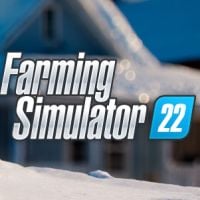Farming Simulator 22: Production chains guide
On this page of the Farming Simulator 22 guide, you will read about how to successfully run production chains on your farm.
Last update:
On this page of the guide to Farming Simulator 22, you will learn about production chains: how they work, what recipes are available, and which products can be processed. You will also learn how to start with constructing/purchasing a factory and how to monitor production.
What are production chains
One of the large innovations in Farming Simulator 22 is the introduction of production chains. What is it? Instead of selling grain, milk, and eggs for cash separately, use them to make a cake and sell it in the confectionery. The game features many similar production chains, which refer to almost all in-game work. This not only increases the gameplay complexity but also forces the cultivation and breeding of various plants/animals.
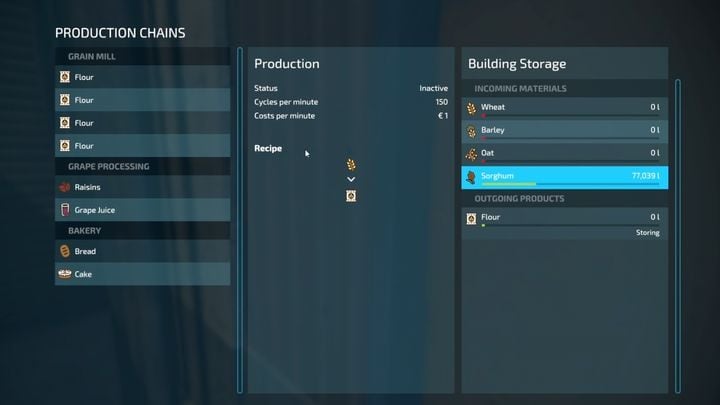
Production chains are based on recipes. The most basic products, such as flour, raisins, olive oil or grape juice, simply need to be processed in an appropriate processing plant. Some are located on the world map, others can/should be purchased. More complex products such as pastries (cakes, bread) require several ingredients, both animal and plant-based.
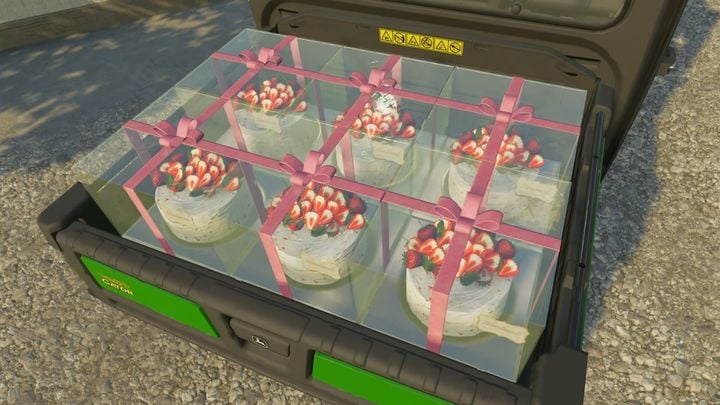
Using the production feature is obviously not mandatory, and if the player prefers to cultivate large monoculture fields to earn money, they can do so.
Recipes
In the production chains, the first thing you should do is learn recipes - what can be done using what. This will allow you to effectively plan what you want to plant/grow so that you can make given products yourself instead of selling unprocessed goods.

The above official graphic shows the production chain of individual goods.
How to get started - buying buildings
If you try to just, for example, take the wool to the spinning mill, you will only receive money for the goods you sold. To start working with production chains, you need to acquire a production building. Each building accepts different goods and makes different products. You can sell full products or semi-products (e.g. you can make fabric in the spinning mill, but you do not have to process it into clothes, which is the next stage of production).
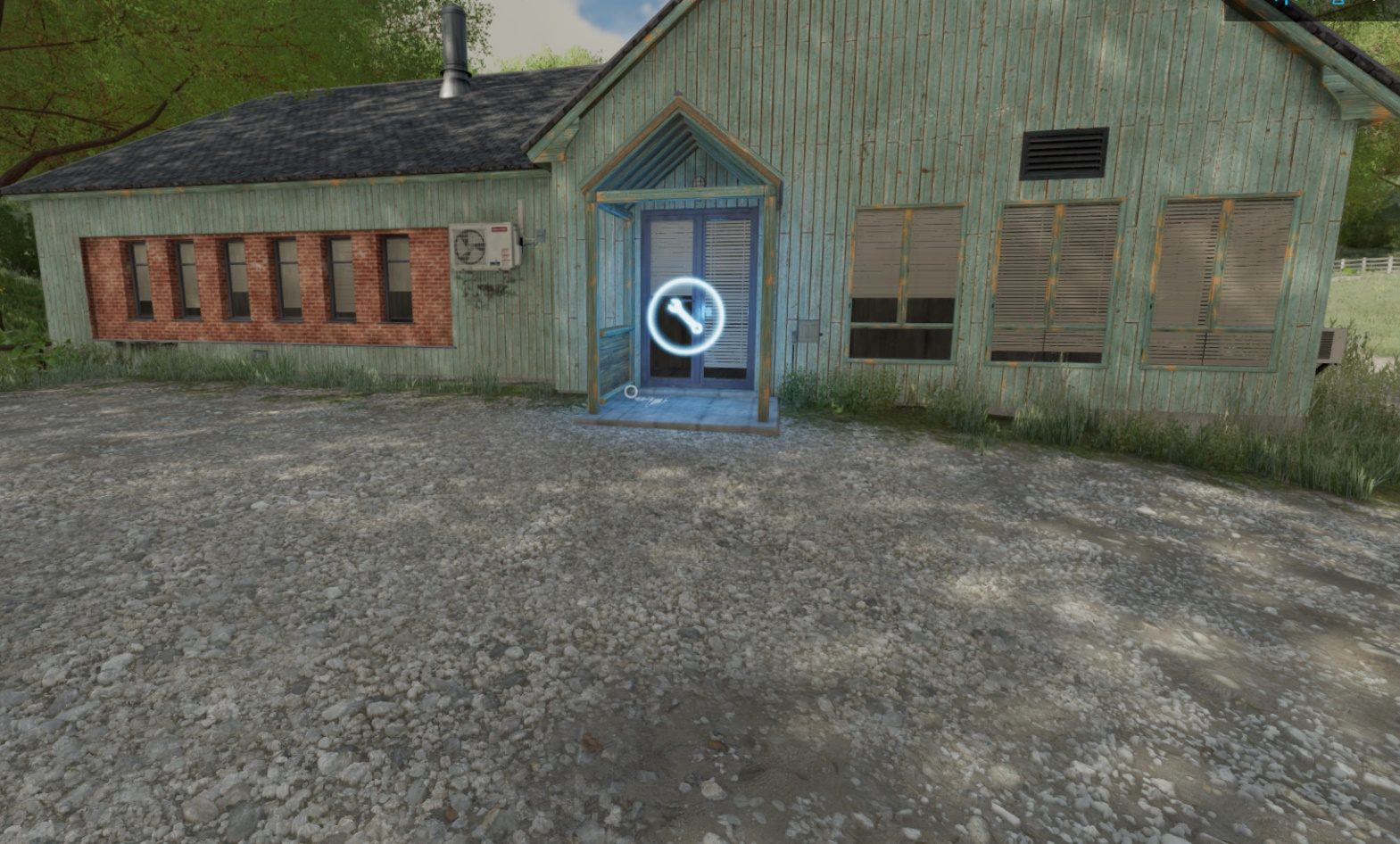
You can buy buildings in the city - you can find all available factories and processing plants on the map. To purchase a building, approach it and enter the key marker.
The same buildings for the same price are also available in the Build Mode. So why buy buildings instead of building them? To save space. However, if you do not want to go far to buy a building, it would be a better idea to build a point nearby.
Production
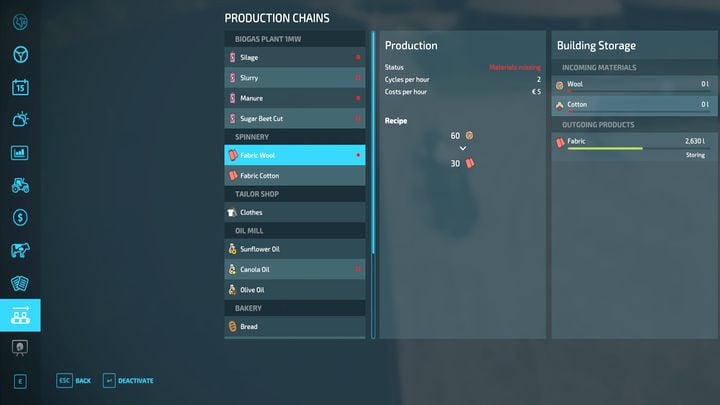
When you acquire the first production buildings, the recipes, and goods, the factory monitoring panel will become available in the game menu. Each recipe requires one or more (depending on the recipe) ingredients that have to be delivered to the factory. Production will not start if you do not provide all the ingredients for the complex recipes. You must also turn on the factory - after delivering the ingredients and selecting the recipe, select the activation button from the bottom panel.

You need to pay a small amount of money for each hour of the factory's working time. Each factory and product has its own "throughput" - the number of products created per hour (e.g. the spinning mill processes 2x 60 of wool per hour). Different materials can generate different amounts of final product:
The factory won't start until you get it up and running. Do not forget to activate a factory in the tab Production chains when selecting a recipe.
You are not permitted to copy any image, text or info from this page. This site is not associated with and/or endorsed by the developers and the publishers. All logos and images are copyrighted by their respective owners.
Copyright © 2000 - 2025 Webedia Polska SA for gamepressure.com, unofficial game guides, walkthroughs, secrets, game tips, maps & strategies for top games.
